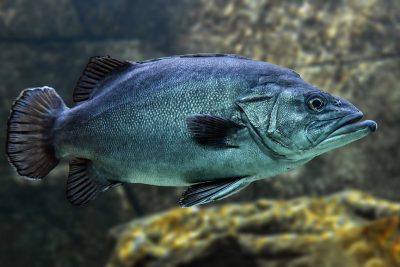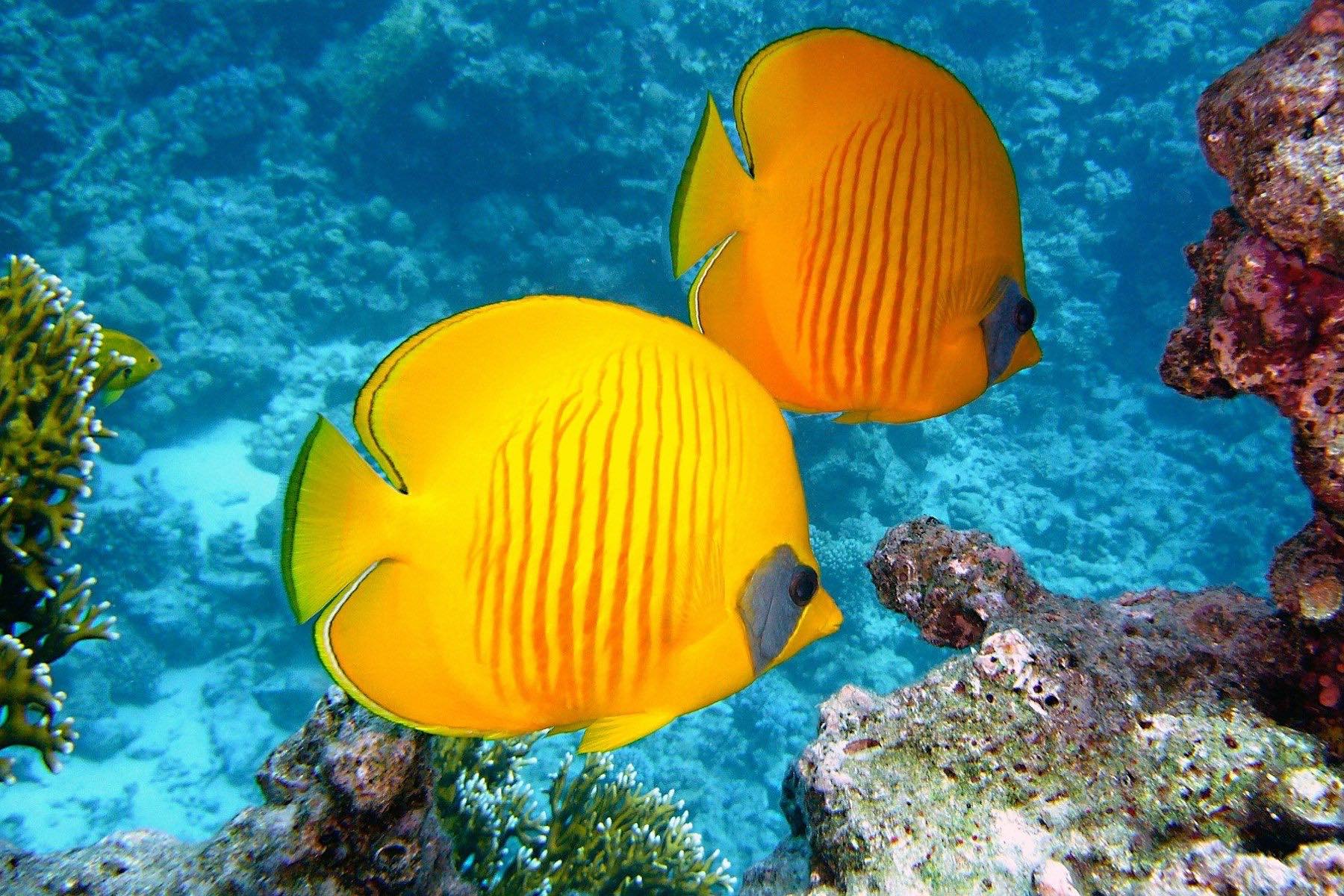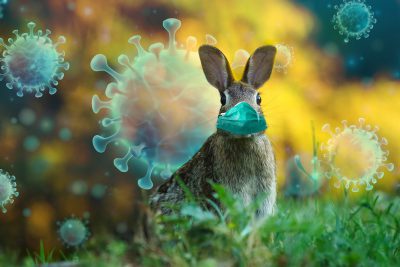Aquatic animals – like all animals – harbour bacteria and other pathogens, and some of these can pass to people and make them sick, too.
What is a zoonotic disease?
Zoonotic diseases are caused by germs – bacteria, viruses, parasites and protozoa – that pass between animals and people. They may affect just the person who comes into direct contact with those germs through touching infected surfaces or eating infected products. Some may be transmissible, meaning they spread from that first infected person to other people, creating an outbreak, an epidemic or even a pandemic. Some zoonotic diseases cause mild symptoms while others can be deadly.
What are some examples of zoonotic diseases?
Salmonella, E.coli, BSE, and campylobacter are all examples of foodborne zoonoses – that is, people get sick when they eat foods that are infected with these bugs. But these are just the tip of a much bigger historical iceberg.
We invited many serious illnesses into the human population when we began domesticating and farming animals thousands of years ago, including tuberculosis, measles, whooping cough, typhoid, leprosy, and the common cold. Other more recent zoonoses connected to the exploitation of animals and consumption of their body parts include avian flu, swine flu, SARS, MERS, AIDS, Ebola and Covid-19.
Can humans get diseases from fish?
Yes, we can, and while many of the bacteria found in fish are harmless to their aquatic hosts, they can cause unpleasant, even fatal, effects in people.
Potential fish-borne zoonoses
Pathogens can pass from fish to people when we eat their flesh, when we capture them from the wild or when we interact with them in tanks or aquaria in our own homes.
Mycobacterium
There are several Mycobacterium species commonly living in a wide range of fish species. In the early stages of infection, fish are little affected but in the long-term, the animals may get ill, waste away, develop skin ulcers or lose scales. Mycobacterium infection is considered an occupational hazard for those working in fish farms and aquaria. People may develop skin lesions, which can become deep and affect muscles and tendons. More serious symptoms may be seen in immunocompromised individuals, including infected lymph nodes and lung disease similar to tuberculosis.
Aeromonas
There are multiple species of this bacteria which is primarily found in freshwater fish. In people, this bug can cause gastroenteritis with diarrhea and vomiting, as well as skin infections. In those with reduced immunity, life-threatening septicemia is a real risk.
Salmonella
Salmonella may be more commonly associated with eating poultry, but the incidence of salmonella in seafood is rising. It is considered a potential hazard in farmed shrimps and most of the shrimp eaten in the US is farmed (in Asia). Eating raw fish, such as sushi, or any undercooked fish could also lead to infection, and abdominal cramps, fever and diarrhea.
Streptococcus iniae
This bacteria can cause high mortality in fish populations and if it gets into people, which it can do via cuts to the skin, it can cause illness in people, too. Those infected may experience fevers and inflammation of the lymphatic system. People who handle fish are most at risk.
Other bacteria and protozoa
Gram-positive bacteria cause serious problems and are the focus of many eradication efforts. However, it is gram-negative bacteria that are classified as the more dangerous threat by the Centers for Disease Control, as these organisms have started to develop antibiotic resistance.
Gram-negative organisms
Some gram-negative bacteria that are common to fish can also jump into people, causing infections. They include:
- Plesiomonas shigelloides
- E.coli
- Klebsiella
- Edwardsiella tarda
Gram-positive organisms
And also these worrying gram-positive bacteria can also pass from aquatic animals to people:
- Staphylococcus
- Clostridium
- Erysipelothrix
- Nocardia
Protozoa
As well as these bacterial infections, there is a parasite called Cryptosporidium that can live in fish and cause diarrhea if it is passed to people who eat those animals. Those who are immune-compromised may experience more severe symptoms.
How do you know if your fish are infected with a zoonotic disease?
Often the pathogens that can make us sick cause no symptoms at all in fish, so a healthy-looking animal is no guarantee. However, symptoms to look out for include loss of appetite, lethargy, bulging eyes, distended abdomen, ulceration or reddening of the skin and raised or lost scales. If the animals are having difficulty swimming, that is also a clear sign that something is wrong.
How to Protect Yourself
If handling fish in an aquarium, it is essential to wash hands and arms thoroughly afterwards. Don’t be tempted to eat or drink until you have done so, and ensure you keep your hands away from your eyes, nose and mouth. If you have cuts or abrasions on your hands, wear gloves.
The best way to avoid foodborne pathogens associated with fish is to not eat fish. Instead, try the many delicious fish-flavored plant-based alternatives, such as fish-free tuna, fillets, fishcakes and shrimps.
Conclusion
Fish belong in the oceans and rivers, not in tanks or aquaria, and not on our dinner plates. If we leave them where they belong, the pathogens they house will stay with them.





